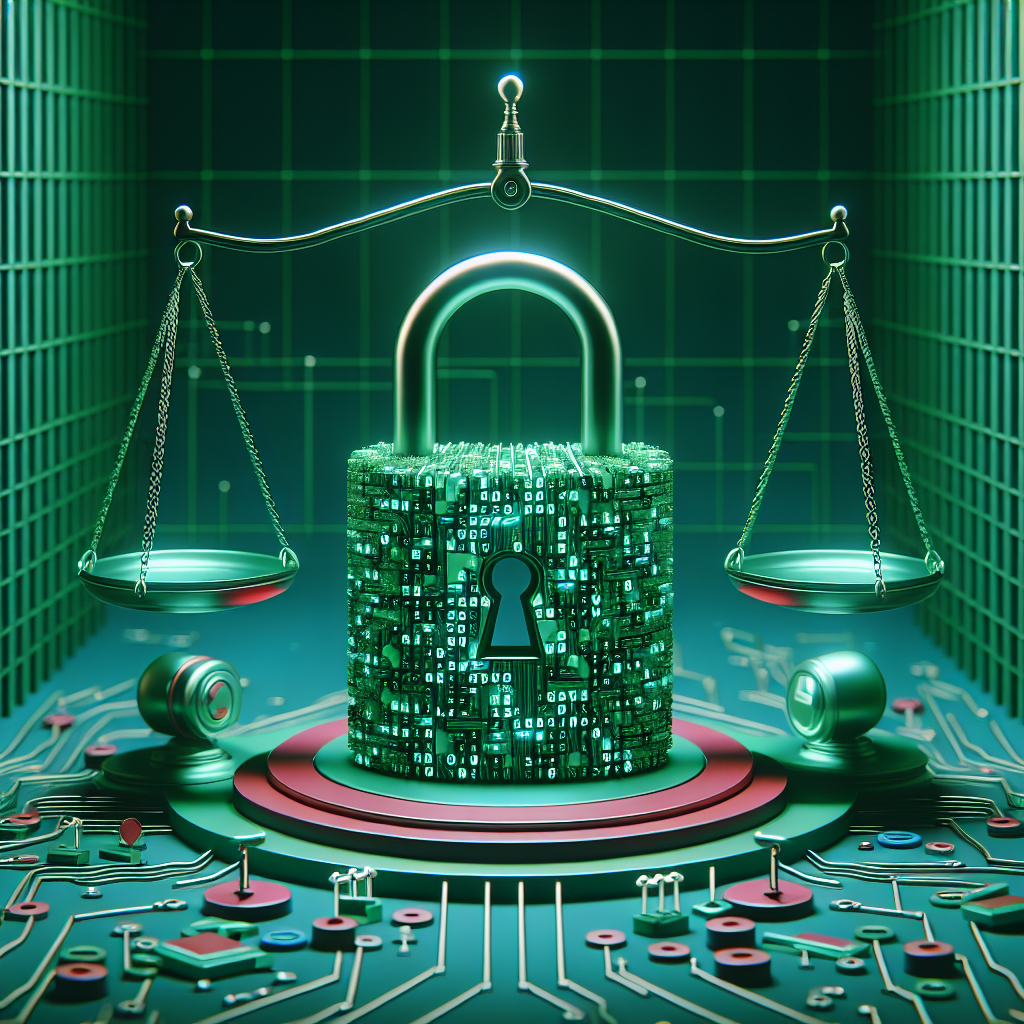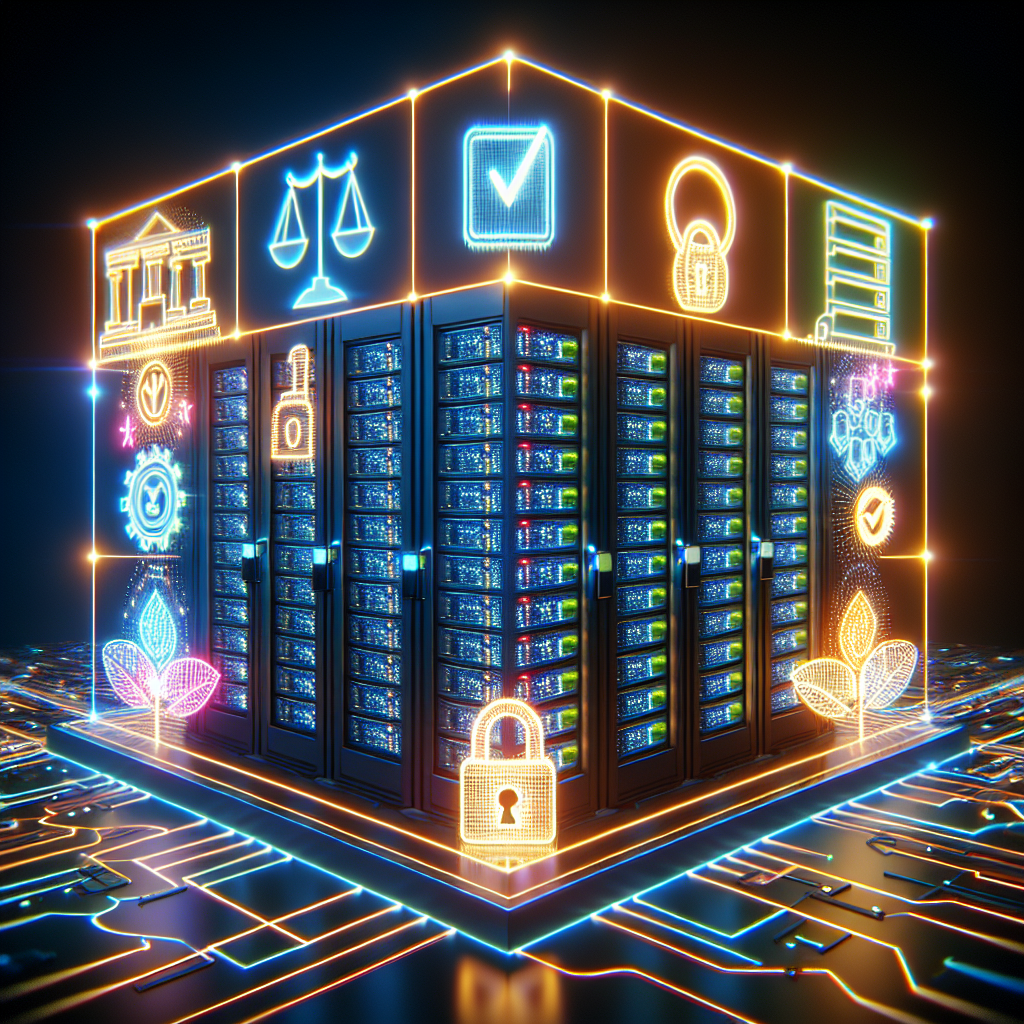In today’s digital age, cybersecurity has become a top priority for businesses and individuals alike. With the increasing number of cyber threats, it is crucial to have laws and regulations in place to protect sensitive information and prevent data breaches. Understanding these laws and regulations is essential for ensuring compliance and safeguarding against potential cyber attacks.
One of the most important cybersecurity laws is the General Data Protection Regulation (GDPR), which was implemented by the European Union in 2018. The GDPR aims to protect the personal data of EU citizens and requires businesses to implement strict data protection measures. This includes obtaining consent before collecting personal information, implementing data encryption, and reporting data breaches within 72 hours.
In the United States, the Health Insurance Portability and Accountability Act (HIPAA) sets the standards for protecting sensitive patient information in the healthcare industry. HIPAA requires healthcare providers to implement safeguards to protect patient data, including encryption, access controls, and regular security audits.
Another key cybersecurity regulation is the Payment Card Industry Data Security Standard (PCI DSS), which applies to businesses that process credit card payments. The PCI DSS requires businesses to secure payment card data through encryption, firewalls, and regular security testing to prevent data breaches and protect customer information.
In addition to these laws and regulations, there are also industry-specific cybersecurity requirements that businesses must adhere to. For example, the financial industry is subject to regulations such as the Gramm-Leach-Bliley Act and the Sarbanes-Oxley Act, which require financial institutions to protect customer data and ensure the integrity of financial reports.
It is important for businesses to stay informed about cybersecurity laws and regulations to avoid costly fines and reputational damage. Failure to comply with these laws can result in severe consequences, including financial penalties and legal action. By staying up to date on cybersecurity regulations and implementing robust security measures, businesses can protect their data and mitigate the risk of cyber attacks.
In conclusion, cybersecurity laws and regulations play a crucial role in protecting sensitive information and preventing data breaches. Businesses must understand and comply with these laws to safeguard their data and maintain the trust of their customers. By investing in cybersecurity measures and staying informed about regulatory requirements, businesses can effectively mitigate the risk of cyber attacks and ensure the security of their data.










